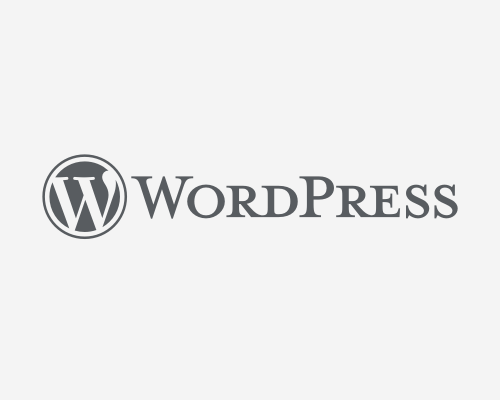Are you ready to take your online presence to the next level? Whether you’re an aspiring blogger, a small business owner, or a creative professional looking to showcase your work, building a WordPress website is an excellent choice. WordPress is a user-friendly and versatile platform that empowers individuals and businesses to create beautiful and functional websites without the need for extensive coding knowledge. In this guide, we’ll walk you through the basic fundamentals of developing a WordPress website.

1. Choose a Domain Name and Hosting Provider
Your domain name is your website’s address on the internet, and your hosting provider is where your website’s files are stored. Select a domain name that reflects your brand or content, and choose a reputable hosting provider. Popular options include Bluehost, SiteGround, and HostGator.
2. Install WordPress
Most hosting providers offer a one-click WordPress installation process. Once you’ve chosen your hosting plan, you can typically install WordPress with just a few clicks. Follow the provided instructions, and you’ll have WordPress up and running in no time.
WordPress download link: https://wordpress.org/download/
3. Select a Theme
WordPress offers a wide range of free and premium themes that determine the overall look and feel of your website. Choose a theme that aligns with your website’s purpose and customize it to match your brand colors and style.
4. Add Essential Plugins
Plugins are like apps for your WordPress website. They enhance functionality and features. Some essential plugins to consider include:
- Yoast SEO: For optimizing your site for search engines.
- Akismet: To protect your site from spam comments.
- Contact Form 7: To create contact forms.
- WooCommerce (if you plan to sell products online): For e-commerce functionality.
5. Create Content
Start adding content to your website. Create pages such as Home, About, Services, Portfolio, and Contact. Write high-quality, engaging content that resonates with your target audience. Use images and multimedia to make your website visually appealing.
6. Optimize for SEO
Search engine optimization (SEO) is crucial for improving your website’s visibility on search engines like Google. Use SEO-friendly URLs, optimize your images, and use relevant keywords in your content. The Yoast SEO plugin mentioned earlier can be a valuable tool for SEO optimization.
7. Configure Permalinks
Set up user-friendly permalinks for your website. In your WordPress dashboard, go to Settings > Permalinks, and choose a structure that includes post names.
8. Ensure Mobile Responsiveness
With a growing number of users accessing websites on mobile devices, it’s essential to ensure your site is mobile-responsive. Most modern WordPress themes are designed to be mobile-friendly, but it’s worth checking to make sure.
9. Regularly Update and Backup
WordPress, themes, and plugins receive updates to improve security and functionality. Regularly update your website and make backups to protect your content and data.
10. Launch Your Website
Once you’ve created and reviewed your website, it’s time to launch it for the world to see. Share it with your audience, and start promoting your content through social media and other marketing channels.
Congratulations! You’ve just taken your first steps toward creating a powerful online presence with WordPress. As you continue to explore and experiment, you’ll discover countless possibilities for customization and growth. WordPress offers a vibrant community and extensive resources, making it an excellent platform for beginners and experienced web developers alike.
Ready to get started? Don’t hesitate to reach out if you have any questions or need assistance along the way. Building a WordPress website is an exciting journey, and we’re here to help you every step of the way.
